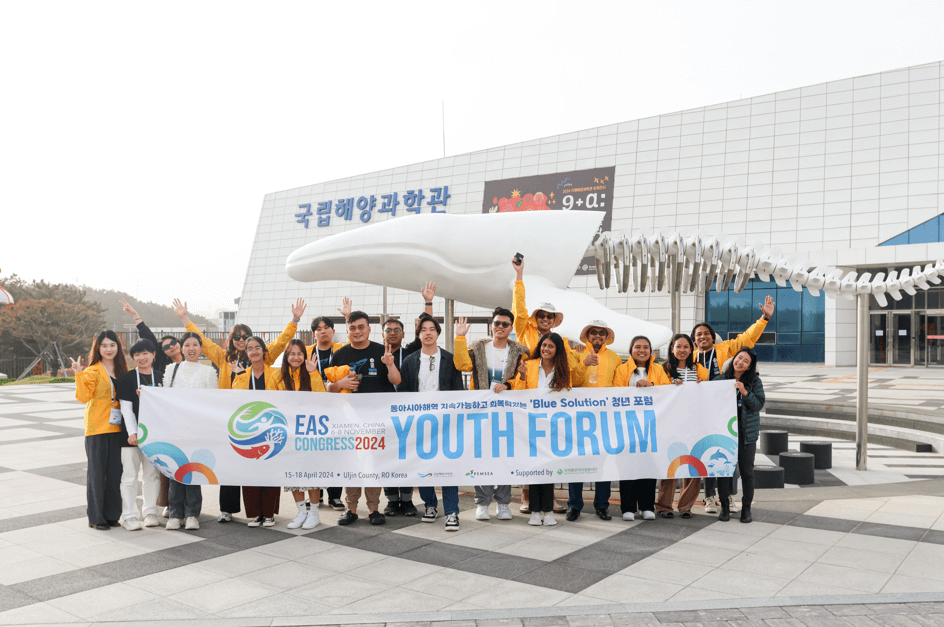Let a Thousand Mangroves Bloom
Tuesday, 14 July 2009

Kampot Preah, Cambodia — Near the Kampot-Preah Sihanouk Province border in Cambodia is a quiet fishing area of Kampong Smach. Kampong Smach is one of the longest river systems in Preah Sihanouk Coastal Province, and was once "famous" for a major French Development project in the 1990s. Saltwater intrusion rendered rice paddies almost uncultivable but polders were soon rehabilitated which enabled families to again cultivate around 10,000 ha of rice paddies.
Today, the Kampong Smach estuary area is a rich fishing ground of about 1,500 ha of mangroves and mudflats - a main fishing ground for about 6,300 families living in the surrounding area. An early morning boat tour around the estuary provides a glimpse of how important it is to the locals. Several families are involved in mussel culture, gathering eels, and hook and line fishing. During rainy season, the mudflats turn into rice paddies. Scenic, yes, but when you arrive at a guardhouse in the middle of the estuary, which one begins to question if the site is as tranquil as it looks."With tourism expansion and problems on land titling in Cambodia, we are worried that the rich fishing ground will fall prey to businessmen, and families living in the area will no longer benefit from this", says an official of the Fishery Administration. Several businessmen have been spotted "inspecting" the site as a potential tourist and "business" spot. Although the number of tourists in Preah Sihanouk Province has gone down due to the global recession, nature-based tourism continues to thrive. It is estimated that the province captures 87 percent of the coastal tourists.A solution being considered is the immediate declaration of the site as a protected area. As a protected area, the entire site would be considered public property, which will possibly discourage land grabbing and encroachment and allow the regeneration of resources.An important management component is community organizing to allow the interaction and collaboration of various stakeholders in the process of resource management and protection, thereby establishing a vigilant block of local stakeholders that could potentially "balance" the interests of rich and powerful businessmen."We need to inform the communities of their role in protecting the mangrove, and we need to emphasize how we can continue benefiting from these resources," says Mr. Sin Sotharath Deputy Director of the Fisheries Administration Office. With this in mind, the Provincial Government led by the Fishery Administration is putting up a comprehensive plan to manage the site. The first step to conduct a resources and ecological assessment is to determine the status of resources and the utilization patterns. This will provide the Fisheries Administration and the communities with the necessary information to determine appropriate management responses. By combining both scientific and social analysis, the communities and the Provincial Government would be able to effectively define the boundaries of the core, buffer and multi-purpose zones for the protected area."We need all the technical support we can get," continues Mr. Sotharath. While we have undergone several trainings in the past, we still need to improve our skills, especially in mangrove rehabilitation.Fortunately, recent national laws and policies provide support to such local initiatives. The passage of the 2007 Fishery Law in Cambodia delegated the management and protection of fishery resources including mangroves to Fishery Administration. Meanwhile, in May this year, Prime Minister Hun Sen also declared a ban on sand exports in response to the outcry of villagers near estuaries, rivers and coastal areas.The Kampong Smach estuary project is an intiative being undertaken in Sihanoukville, within the framework of ICM and the Sihanoukville Coastal Strategy.



